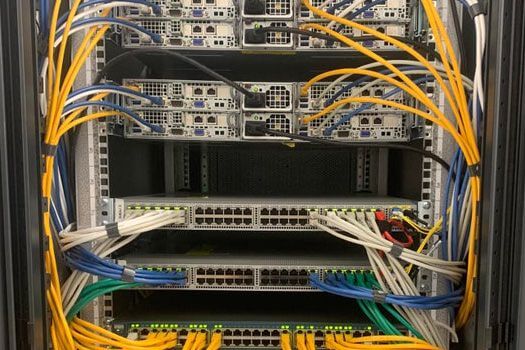Everything You Need to Know About System Hardening
Cybersecurity is one of the essential topics in both the business and IT world. However, this topic can seem pretty overwhelming to average business owners. IT security is a complicated subject, and it can be challenging to understand advanced security protocols. The good thing about IT security is that it is a layered practice. System hardening will help you in learning about the cybersecurity approach. It will set up the groundwork for a secure IT infrastructure.
What is System hardening?
System hardening refers to the best practices, methods, and tools you can use to reduce the attack surface. It will help reduce the attack surface in your hardware, data systems, and software. The main aim of system hardening is to reduce the vulnerability or threat profiles of your technology resources.
It involves the identification, remediation, and auditing of security vulnerabilities that can be present in your organization. These vulnerabilities generally include the following things:
- Improperly configured IT security tools,
- Unencrypted data,
- Unpatched firmware and software,
- Default credentials or passwords stored in public files,
- Poorly configured IT assets.
Benefits of Systems Hardening
Systems hardening is essential for both compliance and security. It will be an important part of your IT security strategy. The most crucial benefit of Systems hardening is that it will help reduce your attack surface. You are reducing the risk of cyberattacks. You can also avoid downtime and regulatory fines due to cyber attacks.
System hardening will help you in improving your security posture. Before deploying security solutions like EDR tools, you should embrace them. If you use these advanced security solutions in poorly configured devices, these tools won't work correctly. It is like you have installed security cameras in your house, but your back door is still open. Advanced security tools can't protect your business until you use a hardened system.
Types of System hardening
System hardening will help you secure your software applications, operating system, networks, databases, firmware, and other essential elements of your computer system. The definition of system hardening applies to your entire IT infrastructure. However, several subsets will require different tools and approaches. Some of the main types of system hardening are:
Server hardening
Ensure that your server's OS is updated and patched. Regularly update your 3rd party software, which is essential for your server. You should remove the 3rd party software applications that are not following good cybersecurity standards.
Make sure you use strong and complex passwords to protect your servers. Automatically lock user accounts after several failed login attempts to encrypt your essential data. Disable USB ports at boot time, and implement multi-factor authentication as it will help protect your network from brute force attacks.
Software application hardening
Application hardening involves implementing or updating additional IT security measures to protect your third-party and standard applications. Server hardening focuses on securing your entire server system by design. However, application hardening focuses on your server applications. Applications like spreadsheet programs, browsers, and custom software applications your business uses must be hardened.
Use firewalls to protect your network. Make sure you are using spyware, malware protection, and antivirus to protect your applications. Software-based data encryption will help you in protecting your data. Patch your third-party and standard applications. Make sure you use Intrusion detection systems (IDS) and Intrusion prevention systems (IPS).
Database Hardening
Secure both your DBMS and the data stored in your digital database. You can start by restricting administrative functions and privileges. Encrypt your at-rest and in-transit database information, and follow an RBAC or role-based access control policy.
Turn off useless database functions and services. Regularly updating your DBMS will ensure your network is protected from known vulnerabilities. Lock your database accounts if you detect any suspicious login activity.
Network hardening
The first step is securing your communication infrastructure by hardening your network and protecting your computer systems and servers from an attacker; establishing an intrusion detection or prevention system is second.
Properly secure and configure network firewalls, disable network protocols, disable unnecessary network ports, disable network services you are not using, encrypt network traffic, and audit network rules. These techniques will help you in protecting your network from attackers. Make sure that you are using these techniques with your intrusion prevention system.
Operating system hardening
Your server OS is targeted by attackers. Operating system hardening will help you in securing your server's operating system. You can harden your operating system by following techniques like patch management. Make sure that you are regularly monitoring and installing patches, updates, and service packs, taking a step towards Operating system security.
- System Hardening Checklist
- Manage access
- Patch vulnerabilities
- Control network traffic
- Remove unnecessary software applications:
- Secure communications (use secure protocols)
- Ongoing monitoring
- Harden remote sessions
- Regular backups
System hardening helps you in protecting your network from attackers, keeping your team and your business safe. While system hardening is a complicated process, a managed service provider like System3, makes this seamless for its clients.




